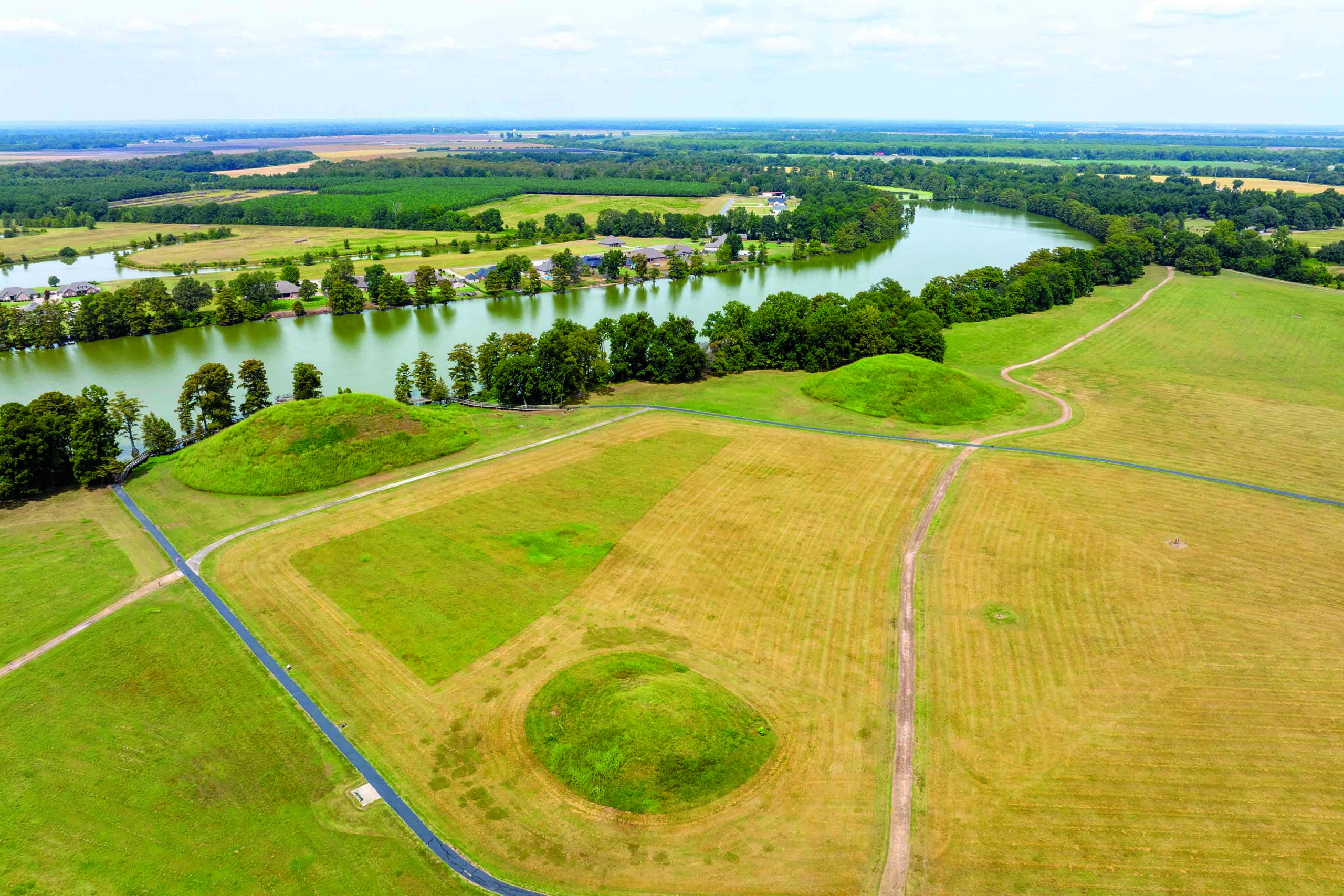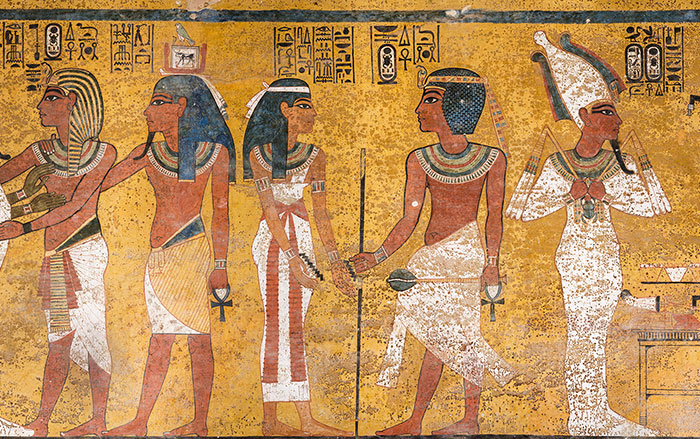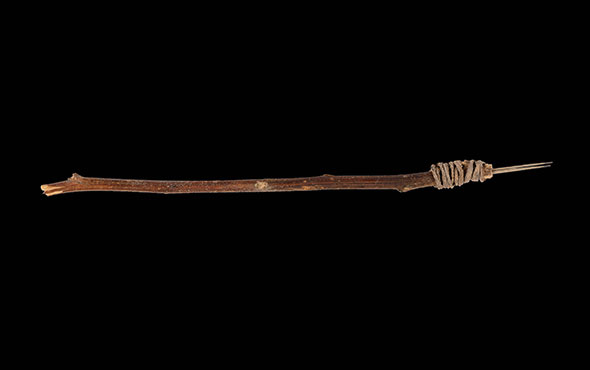
DURHAM, NEW HAMPSHIRE—The New Hampshire Union Leader reports that a team of archaeologists led by Meghan Howey of the University of New Hampshire is excavating the site of a house originally constructed in the 1630s by Ambrose Gibbons and eventually sold to Robert Burnham in 1665. Among the artifacts uncovered this season are a metal button, some British gun flint, and a piece of Westerwald ceramic, which is a type of German salt-glazed grey pottery with cobalt blue painted designs. Previous excavations have recovered Native American artifacts, which suggest the Burnham family worked peacefully with them. Howey said the home was one of the few not attacked during the Oyster River Massacre of 1694, when more than 100 people died. “It wasn’t just luck, it was probably purposeful that they were passed up when all of their neighbors were killed,” Howey said. To read about a piece of 17th-century European pottery unearthed in Boston, go to “Artifact: Italian Decorated Plate.”











